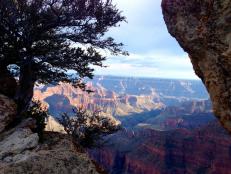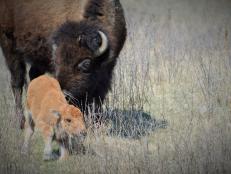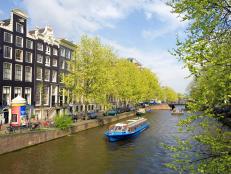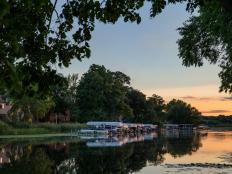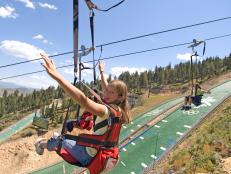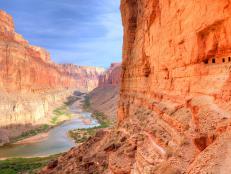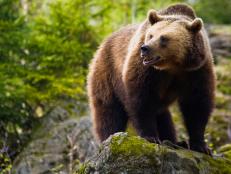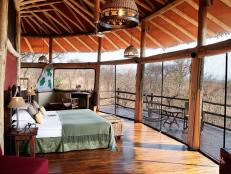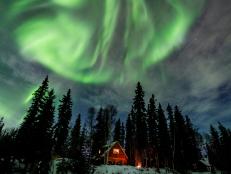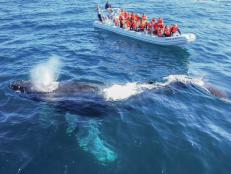National Parks for Introverts
A journey to a national park is often idealized as a time to commune with some of the United States' most extraordinary natural wonders, like the Grand Canyon, Old Faithful geyser, or Half Dome peak in Yosemite. But as crowds and traffic swell to bursting during peak seasons like summer and autumn, the experience can be anything but idyllic.

Valerie Conners
Still, a few hidden gems lurk within the Park Service's 407-park roster, and remain blissfully free from the madding crowds—yet offer equally awe-inspiring natural beauty as the more popular locales. Celebrate the National Park Service's centennial celebration in 2016 with a visit to one of these under-the-radar national parks.
An enormous, 100-mile-long fold in the Earth's crust weaves through Capitol Reef National Park like a jagged, 10,000-foot-high scar. In fact this reddish, craggy wrinkle documents more than 270 million years of the Earth's history. Capitol Reef is often overlooked by travelers seeking to explore Utah's bigger-name parks like Zion and Bryce Canyon. However, those that venture slightly farther afield to Capitol Reef will find an equally dramatic landscape of red rocks, domes, dry-wash canyons, natural water cisterns, and twisted slot canyons. With only 750,000 annual visitors (compared to Zion's 2.6 million), the park's trails are decidedly uncrowded and offers great opportunities for quiet solitude. As you drive through the park, keep an eye out for 1,400-year old petroglyphs marking the roadside cliffs.
Set in the midst of Lake Superior's shimmering waters, Isle Royale National Park continually ranks as one of the nation's least-visited national parks, despite its jaw-dropping location. To access the 45-mile-long island, intrepid visitors must take a boat or seaplane (the National Park Service does run some of the boats), which helps keep its rugged shores peaceful and uncrowded. Once on the island, visitors are left to fend for themselves, and typically camp in the island's backcountry for 1 to 3 nights, so packing food and shelter is suggested. As visitors hike along trails, they might see moose or wolves. Along the shoreline, it's common to find freshwater clams and snails. Less adventurous travelers can still experience the park without committing to a multi-day jaunt by taking a boat tour around Isle Royale and its 400 satellite islands.

National Park Service
Tucked into the northeastern corner of Arizona, sprawling across a tiny pocket of the Painted Desert, lies one of America's—and really, the Earth's—more fascinating landscapes: Petrified Forest National Park. Across the park's 170 square miles, an enormous amount of petrified wood dots the red, beige and gray expanse, and it's not unusual to see a monstrous fossilized tree rising from the desert floor. You can almost picture the ancient forest, the land before time, that once covered these grounds. Driving through the 200-million-year-old landscape, visitors will glimpse more than chunks of petrified wood; in fact, the area is rich with fossils, including those of dinosaurs.
For 2 million years, the powerful Gunnison River pulsed over what is today a swath of eastern Colorado, forming one of the deepest and most breathtaking canyons in the United States. Still, with less than 200,000 annual visitors, Black Canyon feels like a world away from the Grand Canyon and its whopping 4.7 million yearly visitors. Steep, sheer cliffs, craggy spires, and ancient rock mark the landscape, which is best enjoyed while camping at the park's North Rim, a staggering 2,000 feet above the canyon floor. In fact, Warner Point, the canyon's highest edge, rises 2,722 feet above the swirling river. That's higher than the Empire State Building and Willis Tower (formerly Sears Tower) stacked on top of each other. Travelers can raft the Gunnison, though its Class III and IV rapids are not for the faint of heart.
